The Teesta Valley Branch of the Darjeeling Himalayan Railway (DHR) is another jewel in the glorious past of Kalimpong.
This Toy Train, a wonder of engineering, was set up mainly to cater to the then blooming Tibet trade through Jelep-la for which Kalimpong was the most important entrepot. One can say that the existence of The Teesta Valley Branch of the DHR coincided with the golden period of Kalimpong’s past.
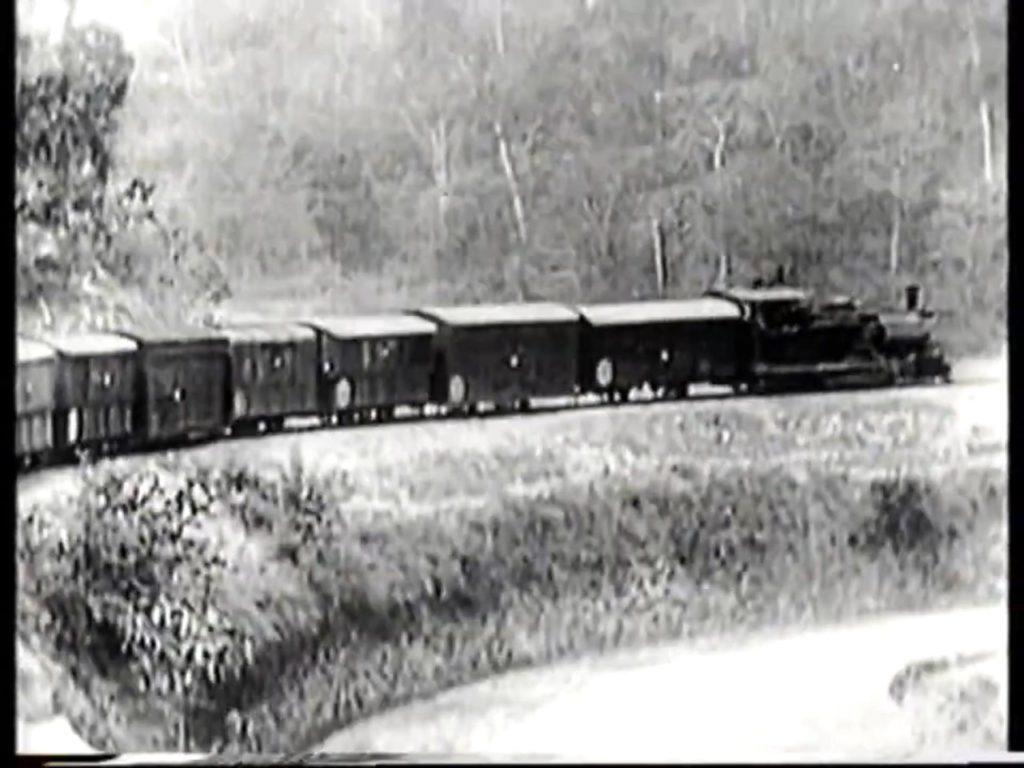
After the treaty of Sinchula in 1865 was signed between the British and the Bhutanese after a long period of hostility between the two, Kalimpong became a part of the British Empire. This brought in peace and stability in this region and set it on the path of development and progress. By the turn of the 20th Century, this erstwhile small hamlet of just a few huts became a major trading center in the Sikkim-Tibet region. By the middle of the first decade of the 20th Century, figures indicate the yearly trade of Kalimpong to be above 12,000 tons a year. The proximity of Kalimpong to the Tibet border through the Jelep-la and its closeness to Eastern Sikkim soon made it the most important trading hub not just in the Darjeeling-Sikkim area but in the entire region. Trains of mules laden with wool and oranges would arrive in Kalimpong each day, these two products alone amounting to almost 20 tons a day. Besides these cardamom, timber and potatoes too came into Kalimpong to be forwarded to bigger markets in the plains of India and also for export.
Estimates of the revenue that would be generated through the transportation of this vast tonnage, was enough to whet the appetite of the officials of the DHR into considering a rail link between Siliguri and Kalimpong. The first whisperings to construct this rail line in 1909 threw up many skeptics but the Railway authorities in India at that time wrote in the Indian Railway Gazette.
“To the outside observer it is not quite clear that the proposal to link up Siliguri to the Teesta Bridge augurs so well, but it must doubtless promise well enough to the minds of the railway authorities, otherwise these would never have mooted the project”.
Work for Teesta Valley Branch commenced towards the end of 1912 and by 16th of March 1914, the first 12 miles (about 19 kilometers) of rail line between Siliguri and Sevoke had been laid down. The laying down of rail lines in this section of the Teesta Valley Branch was a considerably easy one considering the level grounds and the fact that the tracks followed the old cart road which already existing there. This line commenced at the Siliguri and the DHR Extension Company, which was to be in charge of the Teesta Valley Branch, was given land free of cost by the Government for the entire project. The DHR directors agreed to put up the Rs. 3,500.00 that was required to build a new station at Siliguri which was to be the junction for the Darjeeling line and the Teesta Valley line. This new station was named Siliguri Road Station.
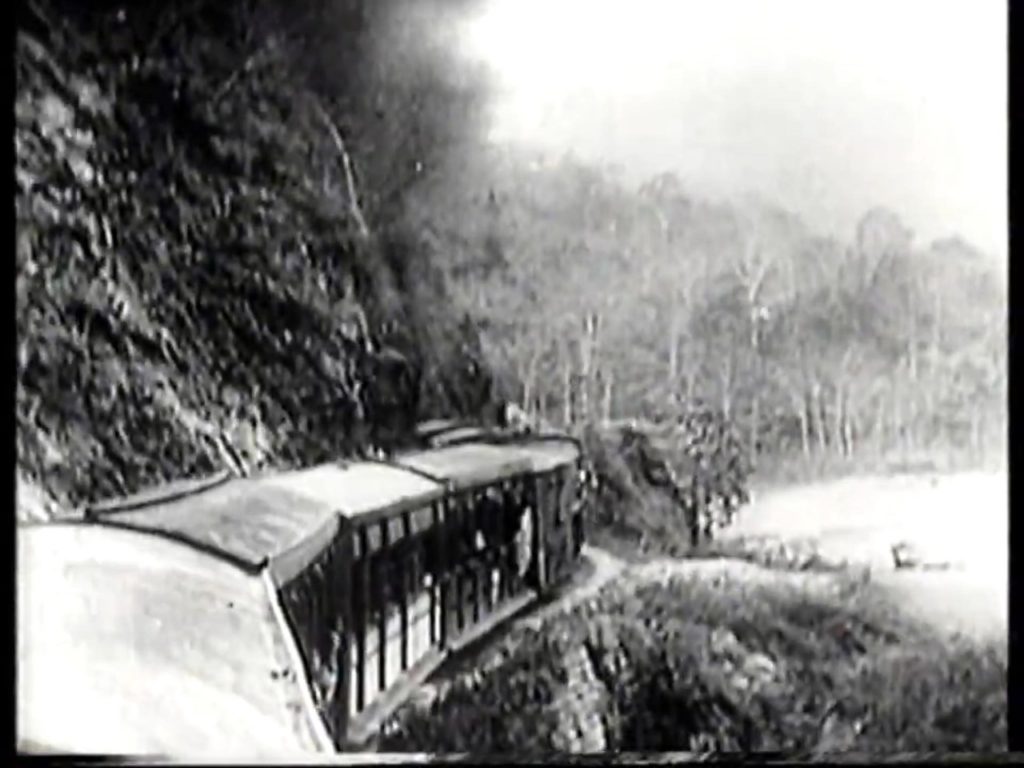
It was planned that the Railway track would be laid atop or follow the remains of old cart road that had been washed out by the fierce rainfall of 1899. The relentless rainfall that took place in the year 1899 was so violent that it is reported that on one particular single night the area had a rainfall of close to 28 inches. This washed away the existing road above the River Teesta in so many places that the Public Works Department had to spend an amount of Rs. 4,32,888.00 to construct a completely new road, 300 feet above the River Teesta, which was completed in the year 1909. The remains of the old road was used as the foundation on which the Teesta Valley line was laid out.
The Teesta Valley line swerved north east from the Siliguri Road Station and ran through the dense Sevoke forest area which was populated by large herds of elephants and the thick jungle around the train track was an idle habitat for tigers and black panthers as well as elephants. The Sevoke River is crossed by the Sevoke Bridge which had a span of a more than a 100 feet and the Sevoke Station lay on the far side of the bridge.
The second section of the Teesta Valley line proved much more challenging to construct due to the heavy blasting required for leveling the ground as well as due to the frequent and numerous landslides that constrained effective and speedy constructions or which repeatedly washed off constructed sections. Construction was also delayed due to the fact that the First World War disrupted the supply construction materials required to build the bridges as well as the tracks itself. This section lay between Sevoke and Reyang and measured about 17 kilometers. At Kalijhora the track crossed a girder bridge to enter the Kalijhora Station. Kalijhora, at those times, was a dingy village of about fifteen huts which stood opposite the Kalijhora Station. The tracts then ran parallel to the swift flowing river below at a height of, in many places, less than 50 feet from the river, till it entered the Reyang Station. Due to the steepness of the land on which the Reyang Station stood, the tracks had to make three tight sweeping curves to finally enter the Reyang Station. At the Reyang, tons of bark of the cinchona tree could be seen stocked around the station for transportation along with scores of drums holding crude petroleum which was used for the production of Quinine. This section was opened for operations on 1st May 1915.
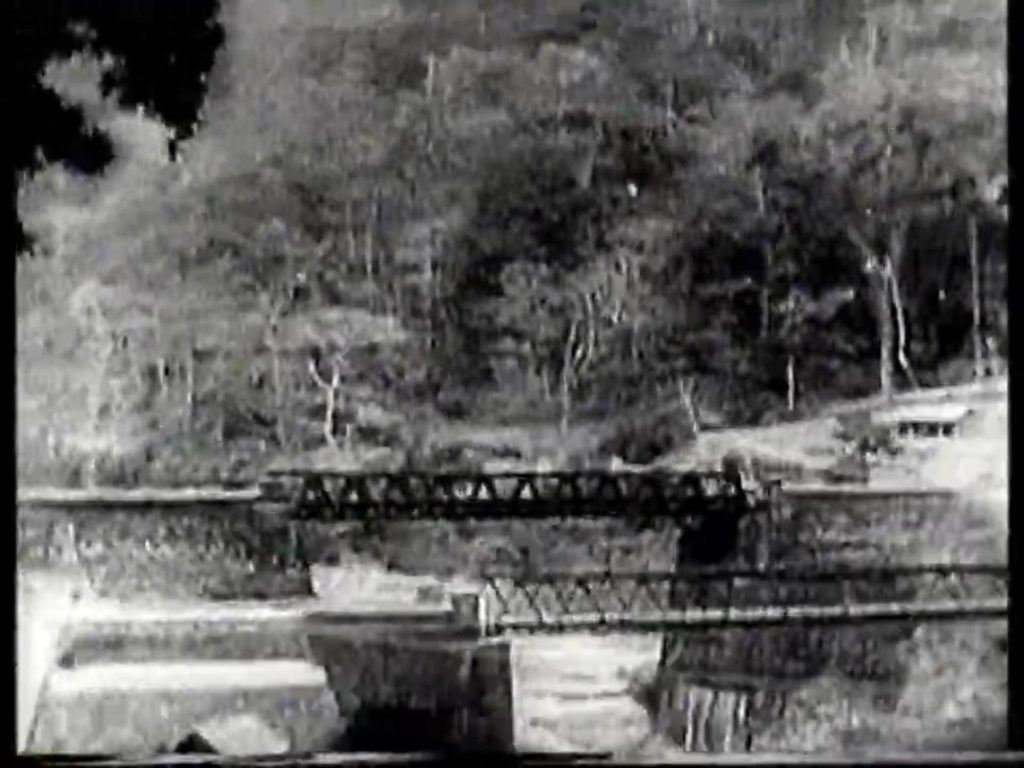
The third section of the Teesta Valley line was between Reyang Station and Giel Khola or the Kalimpong Road Station. The tracks ran on a narrow ledge atop the swift flowing river for a distance of about six or seven kilometers before entering the terminus of Kalimpong Road Station. Construction in this section proved to be the biggest challenge for the Engineers considering the fact that the gradient of this section was steeper and the valley narrower. The walls on the sides of Giel Khola had to be built almost 10 feet deep and 20 feet thick so as to hold out against the swift flowing rivulet. Tracks to the Kalimpong Road Station were finally completed on the 29th of September 1915.
The Kalimpong Road Station was about 2.5 kilometers before the then existing suspension bridge over the River Teesta. This place is what we know as Giel Khola in present times. At those times Giel Khola was an obscure little hamlet far short of what could be described as a rail head of any kind.
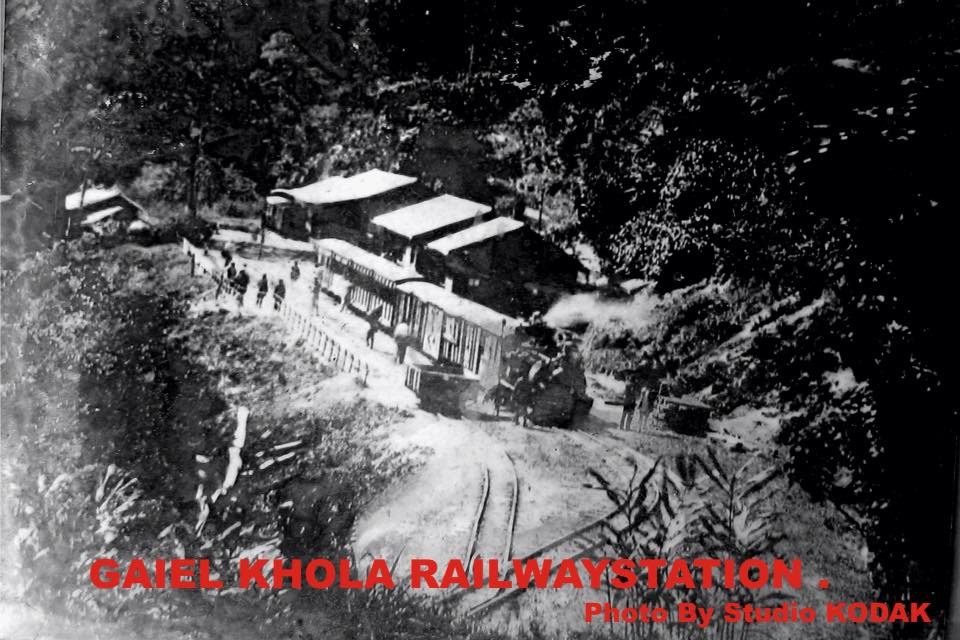
The original far-fetched plan was to extend the line up to Gangtok with stations at Mellie, TarKhola, Rangpu, Sunkokhola and other places. A survey made in the winter of 1917-1918 mooted bridging the Teesta River at a point just before the confluence of the River Teesta and Rangeet for the Railway line. Ultimately due to construction difficulties, the tracks could not move beyond Giel Khola and it became the terminus of the Teesta Valley line and was named as the Kalimpong Road Station.
The Teesta Valley line continued serving the area after Independence but the torrential rains that took place in the year 1950 washed away large portions of the tracks in several places. The recently independent India did not have the financial resources to repair and renovate the damaged rail lines. Despite protests by the locals, the newly installed Government of Independent India turned a deaf ear to all demands and the Teesta Valley line died an untimely death.
| Year | Number of Passengers | Tons of Goods |
| 1919-1920 | 34,000 | 29,000 |
| 1929-1930 | 23,000 | 28,000 |
| 1934-1935 | 12,000 | 30,000 |
| 1939-1940 | 16,000 | 50,000 |
| 1940-1941 | 15,000 | 43,000 |
| 1941-1942 | 19,000 | 40,000 |
| 1942-1943 | 36,000 | 38,000 |
| 1943-1944 | 56,000 | 29,000 |

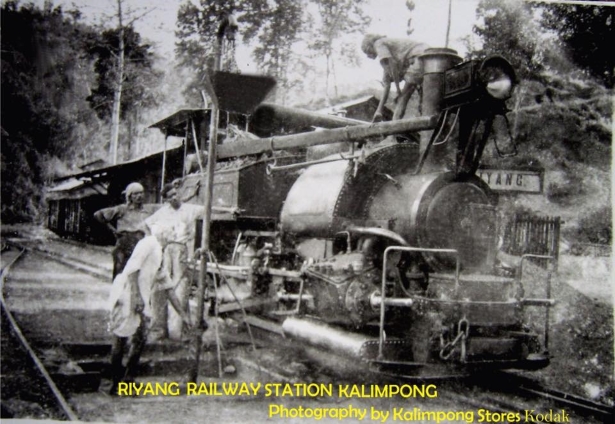
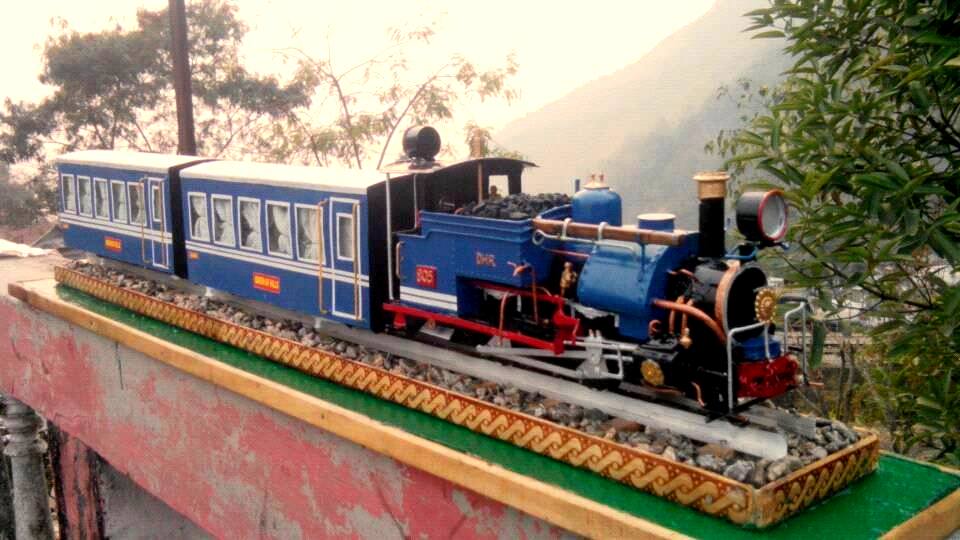
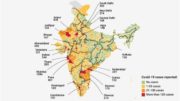
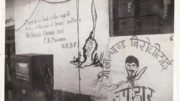

My maternal grandfather Late Dhan Bahadur Rai(Newang) who was an employee(Jemadar) of the DHR used to ply that route.He passed away in the early sixties not much after retirement. My grandmother used to blame the constant move from lek
to awul and awul to lek(hills to plains and back) for his untimely death.’Gel Khola line’ was constantly on her tongue.